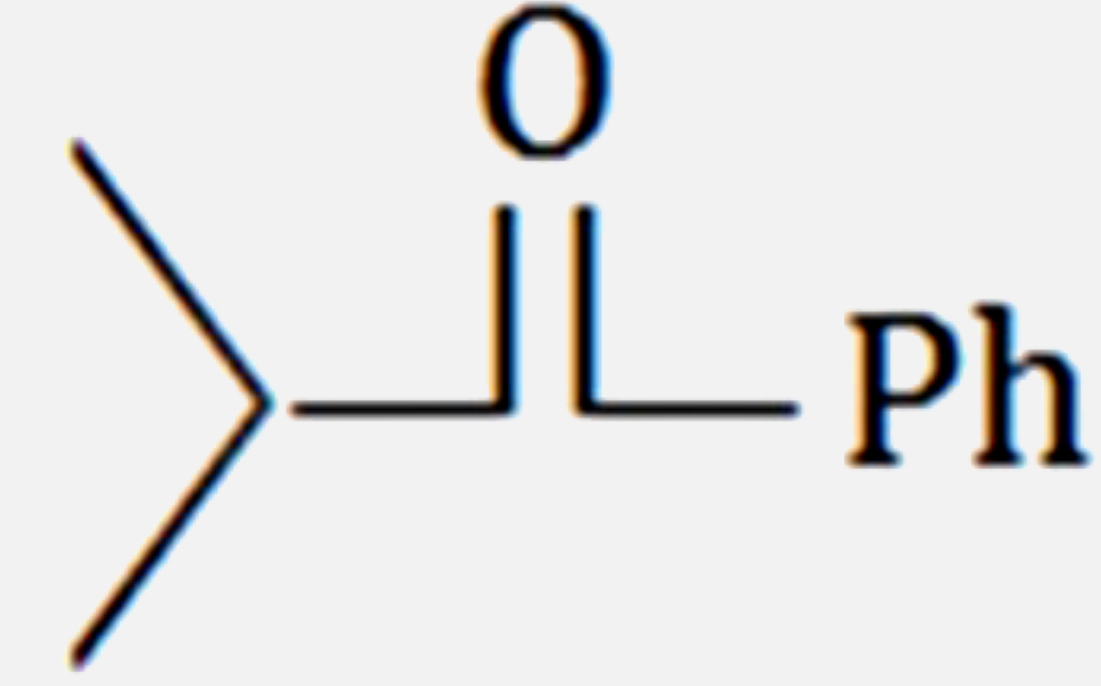Which of the following can show tautomerism here.



Both B and C
The correct Answer is:D
To determine which compounds can show tautomerism, we need to understand the concept of tautomerism itself. Tautomerism is a chemical phenomenon where a compound can exist in two or more forms that are interconvertible, typically involving the migration of a hydrogen atom and a shift in the position of a double bond.
1. Identify the Compounds: First, we need to look at the given options (A, B, C, D) and identify their structures. Tautomerism usually occurs between a keto form (with a carbonyl group) and an enol form (with an alcohol group).
2. Analyze Each Compound:
- Option A: Check if it has a carbonyl group (C=O) and if a hydrogen can migrate to form an enol. If the structure does not allow for hydrogen migration or lacks a carbonyl group, it cannot show tautomerism.
- Option B: Look for a carbonyl group and assess if hydrogen migration is possible. If it can shift to form an enol, then this compound can show tautomerism.
- Option C: Similar to Option B, check for the presence of a carbonyl group and the possibility of hydrogen migration to form an enol.
- Option D: Again, check for the presence of a carbonyl group and the potential for hydrogen migration.
3. Determine Tautomeric Forms:
- For options that can show tautomerism, write down the keto form and the corresponding enol form to visualize the hydrogen migration.
- For example, if a compound is CH3C(=O)CH3 (keto form), the enol form would be CH2=C(OH)CH3 after hydrogen migration.
4. Conclusion: After analyzing each option, determine which compounds can interconvert between keto and enol forms.
5. Final Answer: Based on the analysis, identify the options that can show tautomerism. In this case, it was determined that options B and C can show tautomerism.
- Option A: Check if it has a carbonyl group (C=O) and if a hydrogen can migrate to form an enol. If the structure does not allow for hydrogen migration or lacks a carbonyl group, it cannot show tautomerism.
- Option B: Look for a carbonyl group and assess if hydrogen migration is possible. If it can shift to form an enol, then this compound can show tautomerism.
- Option C: Similar to Option B, check for the presence of a carbonyl group and the possibility of hydrogen migration to form an enol.
- Option D: Again, check for the presence of a carbonyl group and the potential for hydrogen migration.
- For options that can show tautomerism, write down the keto form and the corresponding enol form to visualize the hydrogen migration.
- For example, if a compound is CH3C(=O)CH3 (keto form), the enol form would be CH2=C(OH)CH3 after hydrogen migration.
Similar Questions
Knowledge Check
Which of the following compound does not show tautomerism?
ANH2−O∣∣C−NH2BNH2−S∣∣C−NH2CCH3−O∣∣C−CH3D
Which among the following show tautomerism ?
View SolutionWhich of the following can't show isomerism?
View SolutionWhich of the following can show both tautomerism and optical isomerism
View SolutionWhich of the following can exhibit tautomerism:
View SolutionWhich of following will show tautomerism :-
View SolutionWhich of the following will not show tautomerism?
View SolutionWhich of following can exhibit tautomerism?


View Solution

_CHE_E06_082_Q01.png)
_CHE_E06_082_Q02.png)
_CHE_E06_082_Q03.png)
_CHE_E06_082_Q04.png)